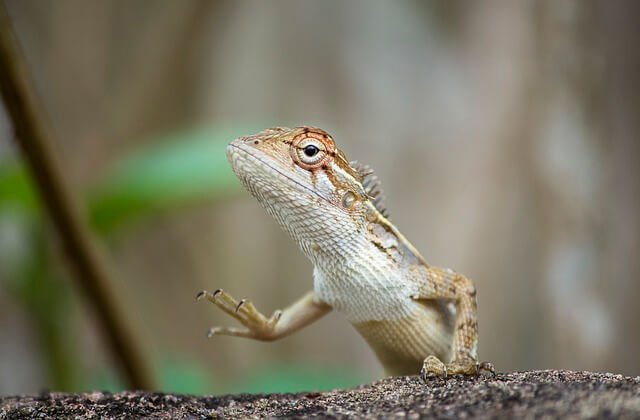Baby:4iey3yfapik= Lizard

The study of Baby:4iey3yfapik= Lizard reveals a complex interplay of unique characteristics that not only serve as vital survival mechanisms but also highlight the intricate relationships within their ecosystems. From their striking coloration that aids in both camouflage and social signaling to their specialized diets and physiological adaptations, these juvenile reptiles offer valuable insights into evolutionary strategies. Yet, the alarming conservation status of many species raises questions about the sustainability of these adaptations in changing environments. Understanding the delicate balance of their existence may lead to critical implications for biodiversity and habitat preservation. What factors are driving these species toward vulnerability?
Unique Characteristics
The unique characteristics of baby lizards, particularly in terms of morphology and behavior, set them apart from other juvenile reptiles.
Their coloration patterns often exhibit vibrant hues and intricate designs, serving as both camouflage and social signaling.
Additionally, early reproductive behaviors manifest through courtship displays, which are critical for species recognition and successful mating, highlighting the interplay of visual and behavioral adaptations in their development.
Natural Habitat
Lizards occupy a diverse array of natural habitats, ranging from arid deserts and lush rainforests to rocky outcrops and urban environments.
These environments significantly influence their breeding behavior and temperature preferences.
Species often exhibit specific adaptations to thrive in their habitats, such as thermoregulation strategies that optimize reproductive success, ensuring that their offspring develop under ideal climatic conditions, thus enhancing survival rates.
Read Also Baby:4erindnul2o= Lions Animal
Diet and Feeding Habits
Understanding the natural habitat of lizards provides insight into their dietary preferences and feeding strategies.
Lizards exhibit diverse feeding preferences, ranging from insectivory to herbivory, reflecting specific dietary adaptations. Their morphological features, such as specialized dentition and digestive enzymes, facilitate the processing of various food sources.
These adaptations ensure efficient nutrient absorption, enabling survival and reproductive success within their ecological niches.
Conservation Status
Approximately 20% of lizard species are currently classified as threatened or near threatened, prompting urgent conservation efforts.
Primary population threats include habitat destruction, climate change, and invasive species.
Effective breeding programs are essential for mitigating these risks, as they enhance genetic diversity and support reintroduction initiatives.
Collaborative conservation strategies are vital to ensure the survival of these reptiles and maintain ecological balance.
Conclusion
In light of the myriad challenges faced by Baby:4iey3yfapik= Lizard, including habitat destruction and climate change, their future hangs in the balance. The intricate interplay of their vibrant adaptations and ecological roles underscores their importance within diverse ecosystems. As conservation efforts intensify, the fate of these remarkable reptiles remains uncertain. Will targeted strategies succeed in reversing the decline of these species, or will future generations only encounter them through the lens of history? The answer remains to be seen.





